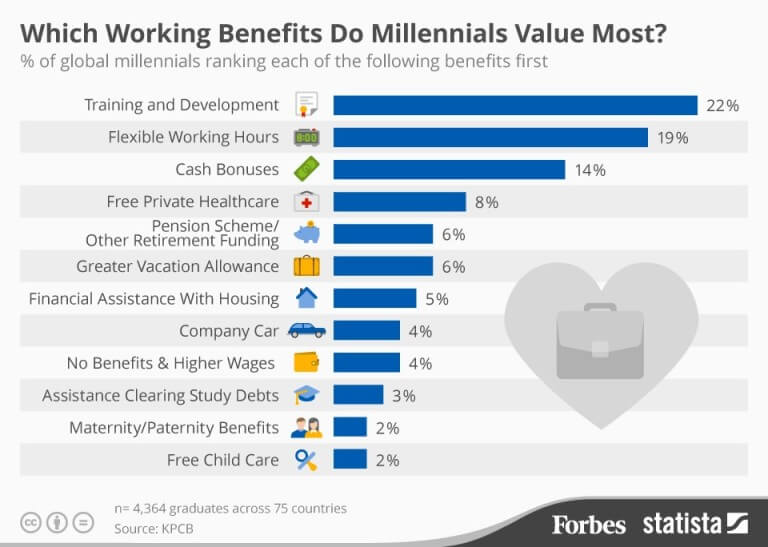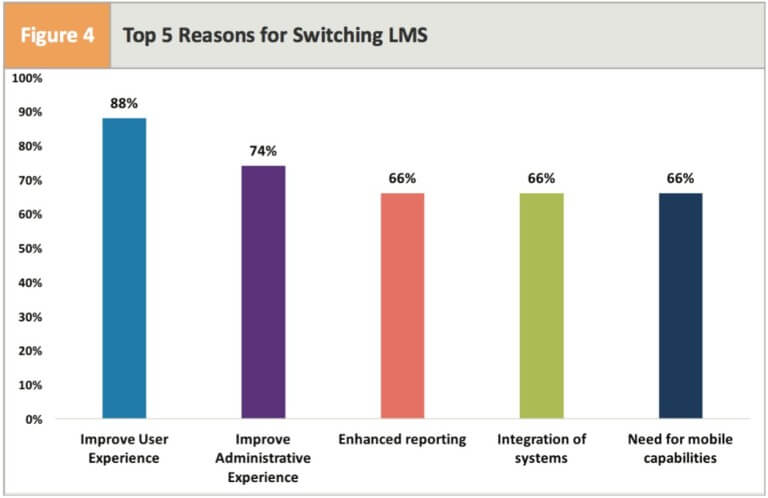Share
This post originally appeared on http://www.josemanuelmartin.com/2017/01/elearning-en-2017-datos-y-tendencias/
Some facts
It is estimated that the e-learning market in 2023 will surpass $240Billion, an increase of 5% per year in the period 2016-2023.
If we focus on the corporate sector, it is expected to reach $31Billion in 2020, with an annual growth of 11% in the period 2016-2020 (Technavio). Going from 8% to 15% of total e-learning revenues, it has more weight in the total of e-learning.
The SMAC approach (Social, Mobile, Analytics and Cloud) has helped more and more companies to see in e-learning a solution that is compatible with their needs at budget level and at the level of adaptation to a changing market reality.

In addition, we have witnessed a change in people, and today 73% of adults are considered lifelong learners (Pew Research Center).
According to Bersin, the LMS market is currently $3Billion and is expected to grow 24% a year in the period 2016-2020 (Technavio). This increase will not come from large organisations (which have already embraced e-learning for some time now) and will mainly be due to the adoption of e-learning by the small-medium company that will hire an LMS in the cloud, saving maintenance costs.
According to Ambient Insight, worldwide revenue from ‘self-paced’ learning in 2016 was $46 Billion, of which $33Million come from content, $6.5Million from service and $7Million from platform. This results in a 1:1 ratio between platform revenues as a product and services offered.
For millennials, training and development is the most valuable benefit the company can offer them, above bonuses, days off, etc.
Market trends
Before starting to use fashion concepts, I would like to highlight 2 ideas that I find very important:
For millennials, training and development is the most valuable benefit the company can offer them, above bonuses, days off, etc.

Organisations no longer ‘marry’ with their LMS provider. According to a report by Brandon Hall, half of the companies surveyed are considering changing their current LMS and point to the user experience as the main cause. Of course, most large companies have an LMS designed in the 2000s.

Personalised learning
Nowadays many people love running, but not all have the same purpose. Some run to lose weight, others for health, others to participate in races, etc. And we do not all run the same way, some increase the distance, while others reduce time, combine it with effort, etc. That is why many of the applications we use to run offer us a personalised plan in which we set our goals and propose a route to follow.
The same happens with learning, where systems propose us activities based on what we know, what we need to know and what has worked for other people similar to us.
The first step for this customisation is to acquire data (Learning Analytics) to build a model that works as well as Amazon or Spotify.
Technavio predicts that the growth of the adaptive learning sector will be 31% per year in the period 2016-2020.
The next generation LMS might not be a catalogue of courses, it may look more like social networks like Buzzfeed or YouTube. Keep in mind that more than 60% of the video is consumed from mobile devices.
Mobile learning
It is a classic, it appears on trend lists every year and never seems to really take off. An annual growth of 36% per year is expected in the period 2016-2020, led by Asia and USA. The mobile learning market reached $4.5Billion in Asia in 2014 and predicted to increase up to $7Billion in 2019.
The next generation LMS might not be a catalogue of courses, it may look more like social networks like Buzzfeed or YouTube. Keep in mind that more than 60% of the video is consumed from mobile devices. In this respect, we have seen companies such as Workday positioning themselves by acquiring Mediacore and Zaption.
Microlearning
The term refers to small pieces of knowledge that can be released at the necessary time. For me, length is as important as distribution in this case.
- Short pieces of no more than 5 minutes (better if they are 3)
- In an enriched format (videos, animations)
- Accessible from any device
- Agile distribution
Some microlearning tools offer the user the possibility to consult these pieces easily or to receive them in an appropriate order at the point of need. Distribution here is a very important point, we should not confuse microlearning with short courses on an LMS, we do not normally use an LMS to deliver microlearning.
One tool that illustrates this purpose is Primer.
Gamification
It is one of the strong trends in the market, to use game elements and techniques in environments that are not games with the objective of increasing students’ motivation.
We all have the concept clear but the implementation of the concept varies. If we remain in a repetitive pattern of awarding students points and badges empty of meaning, it will not be effective. The model must change over time, we have to handle a large number of elements and experiences, users like to have autonomy but also want to have rules, expect immediate feedback to know if they are doing it right or wrong and compare with their peers. All these elements have to be carefully designed to make sense for both new users and those who have been interacting with the system for some time.
For example, I have found many courses that give points as the user progresses but doesn’t show a leader board that allows them to compare with other users… Can you imagine a game with no Hall of Fame?
Share

